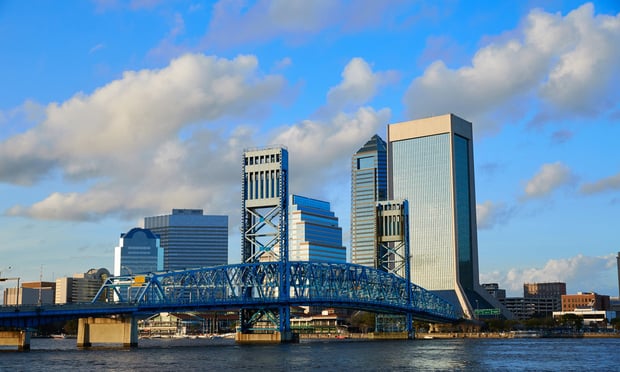OAK BROOK, IL—If history is the best teacher, The Inland Real Estate Group's 50 years in the business has positioned it well to learn from the past. In the first of this two-part series, vice chairman Joe Cosenza gave readers a sort of tour through the industry's milestones of the past five decades.
Now he turns his sights to the outlook—for both the industry generally and for Inland specifically—especially as talk starts to turn a bit more cautious at the possibility of a correction in the coming year. Throughout, he sticks to Inland's knitting—the retail and multifamily markets.
Cosenza points to two major events that will define the market for the mid-term, the first of which is retail: “Every retailer wants to deliver to your house,” he says, “from Panera Bread and Target to Walmart and all the restaurants. That's a development that's both good and bad. It's good because every dollar spent goes to the brick-and-mortar store it came from. That's good for landlords.”
It's bad for landlords because of the impact on footprint. “Both online sales and the development of closer-in distribution centers naturally will have an effect on a store's square footage,” he says, and while that's good for online volume in the first case and for the distribution market in the second, “it will be bad for retail landlords.”
The second trend he's seeing occurs on the multifamily side and bodes well for that sector. People are marrying later than they used to, says Cosenza, “which gives us two separate tenants staying longer in my apartments, unless, of course, they cohabitate. Nevertheless, we're finding that lots of singles are staying in our apartments for much longer times. So those are the two main dynamics that are currently affecting the retail and multifamily markets.”
A History of Milestones
Ironically, the changing dynamics of the industry are the market's one constant. Pivot points such as changes in shopping, while maybe not always as earth-shaking, have dotted Inland's history. In fact, Cosenza marked a total of 14 major milestones the company has witnessed.
These range from the firm's May 14, 1968 incorporation and inaugural limited partnership to this year, as the firm marks the completion of “720 separate investment programs,” says Cosenza. “We have raised $23 billion in capital and purchased more than $45 billion in real estate in about 3,600 deals.”
Sandwiched between those events came:
- The creation of its first REIT—Inland Real Estate Corp. (1994);
- The formation of Inland Private Capital Corporation, “specifically to aid people who wanted to do a 1031 Exchange,” says the vice chairman. “That entity now has $6 billion in assets.” (2001);
- The receipt of the Better Business Bureau's Torch Award for marketplace ethics. “We've received it three times,” says Cosenza. “No other real estate company has ever gotten it, and no company ever got it three times.” (2009, 2014 and 2017).
Past Informs the Future
But where does this robust history get us? What is the outlook, especially since storm clouds—however mild—are gathering?
“If banks decide to squeeze liquidity, they'll be the cause of the slowdown,” says Cosenza. “Right now, Trump's tax savings is giving a real strong push to the economy, and everyone's got a little more money in their pocket. That'll cause more spending, especially for corporations.”
“On the other side,” he continues, “and this is not a political comment, just the facts—if Trump can get large infrastructure projects funded across the country, the slowdown won't happen, because there will be even more people at work and more commerce.”
But what if banks win over builds? “All I can do is go back in time,” he says. “We navigated four recessions, a crushing tax reform in 1986 and a Depression in real estate in 2009. Throughout, we protected our investors. A possible slowdown? Doesn't bother me in the least.”
© 2024 ALM Global, LLC, All Rights Reserved. Request academic re-use from www.copyright.com. All other uses, submit a request to [email protected]. For more information visit Asset & Logo Licensing.









